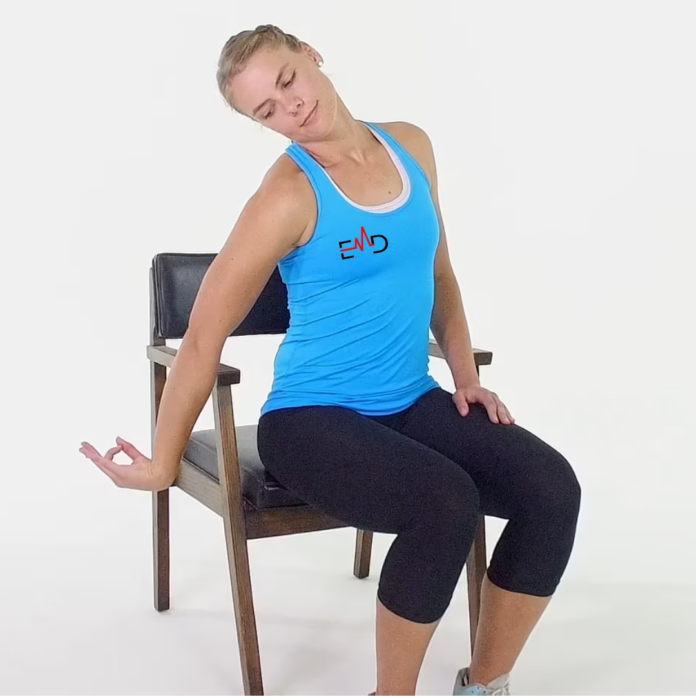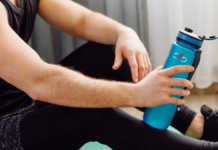Table of Contents
Exercise Daily – The radial nerve is a vital component of the upper limb’s peripheral nervous system. It plays a crucial role in providing sensory and motor functions to the arm, forearm, and hand. However, due to various factors such as injury, repetitive motions, or prolonged pressure, the radial nerve can become compressed or entrapped, leading to discomfort, weakness, and limited mobility. To improve the function of the radial nerve and alleviate symptoms, incorporating effective radial nerve gliding exercises into your routine can be highly beneficial. Let’s explore a range of exercises that can help enhance the function of the radial nerve.
The radial nerve, originating from the brachial plexus, travels down the arm, providing innervation to various muscles and skin areas. It controls essential movements such as wrist extension, finger extension, thumb extension, and elbow extension. When the radial nerve faces issues like compression or entrapment, it can result in discomfort, weakness, or limited motion in the affected areas. Radial nerve gliding exercises are designed to alleviate these symptoms and enhance the nerve’s function.
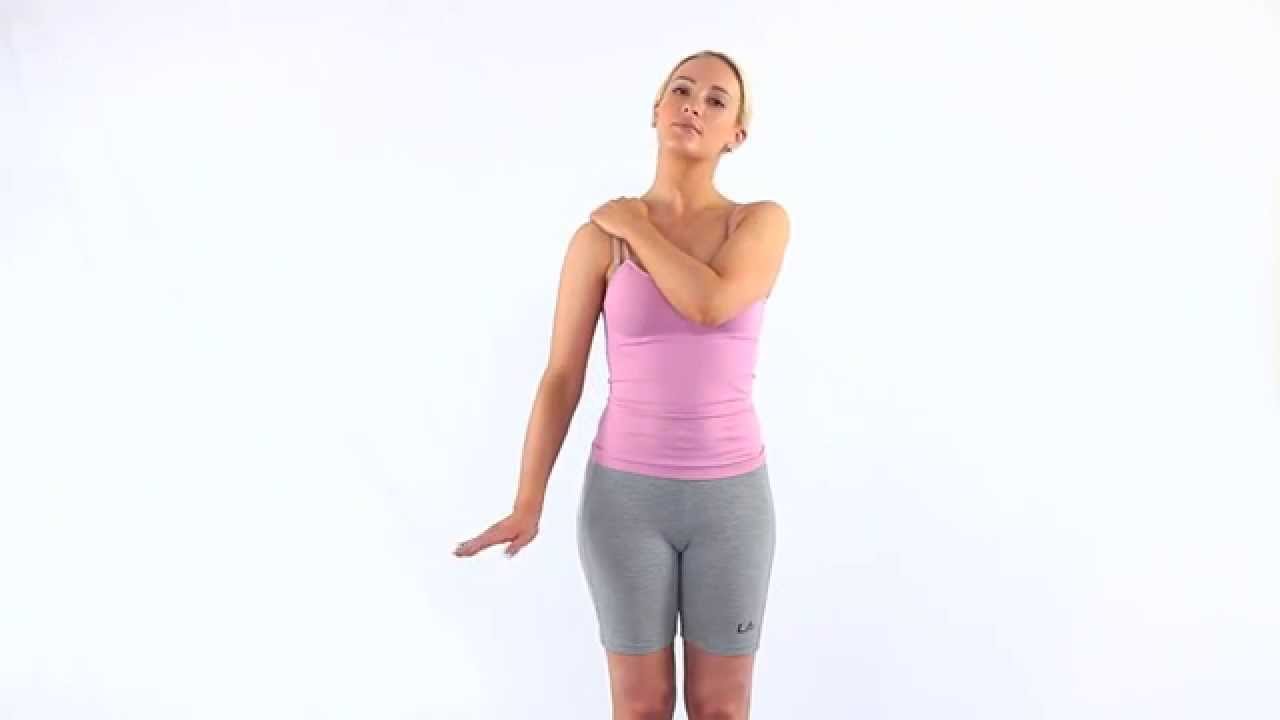
Radial Nerve
The radial nerve is one of the major nerves in the upper limb, responsible for transmitting signals between the brain and the muscles of the arm and hand. It runs along the back of the upper arm, passes through the elbow joint, and branches out into various muscles and sensory areas of the forearm and hand. The radial nerve plays a crucial role in facilitating extension movements of the wrist, fingers, thumb, and elbow.
Causes and Symptoms of Radial Nerve Dysfunction
Radial nerve dysfunction can occur due to various reasons, including trauma, repetitive motions, prolonged pressure on the nerve, or certain medical conditions. Common symptoms of radial nerve dysfunction include pain or aching in the arm, forearm, or hand, weakness in gripping objects, difficulty extending the wrist or fingers, and numbness or tingling sensations along the path of the nerve.
Importance of Radial Nerve Gliding Exercises
Radial nerve gliding exercises are essential for maintaining or restoring the function of the radial nerve. These exercises aim to gently mobilize the nerve, reducing adhesions, and promoting proper gliding of the nerve within its surrounding tissues. By incorporating these exercises into your routine, you can improve circulation, reduce pain, enhance muscle strength, and regain a full range of motion in the affected areas.
Precautions Before Starting the Exercises
Before initiating radial nerve gliding exercises, it is crucial to consider a few precautions to ensure safety and effectiveness:
- Consult a healthcare professional: If you are experiencing severe symptoms or have any underlying medical conditions, it is advisable to consult a healthcare professional before starting any exercise program.
- Start slowly and move up slowly: Begin by doing easy movements, and gradually increase the duration and intensity of the exercises as time passes. Listen to your body’s signals and stay away from overtraining.
- Warm-up: Prior to performing the exercises, warm up the muscles and joints with gentle movements or a few minutes of light cardiovascular activity.
- Avoid pain or excessive discomfort: While some discomfort may be experienced during the exercises, avoid any sharp or prolonged pain. If you encounter severe pain, stop the exercise and seek medical advice.
- Be consistent: Consistency is key to achieving positive outcomes. Perform the exercises regularly, following a structured routine.
Radial Nerve Gliding Exercises
Wrist Extension and Flexion
- Wrist Extension: Start with your palm facing down and gently bend your wrist backward, bringing your fingers toward the ceiling. The stretch should be held for a couple of seconds, then let it go.
- Wrist Flexion: Begin with your palm facing up and gently bend your wrist forward, bringing your fingers toward your inner forearm. The stretch should be held for a couple of seconds, then let it go.
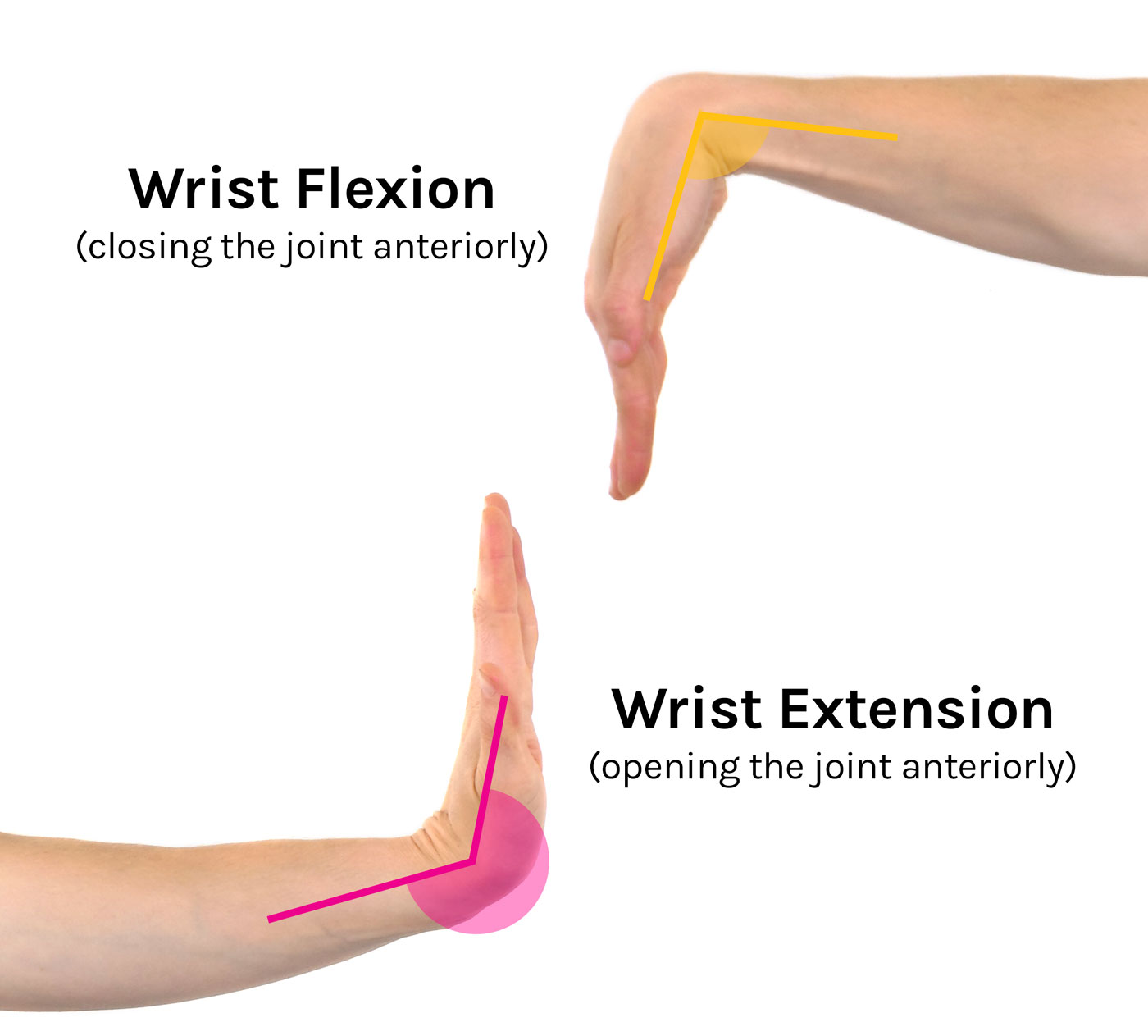
Finger Extension and Flexion
- Finger Extension: Start with your hand flat on a table and gradually lift each finger, one at a time, until they are straight. Hold the position for a few seconds, then lower the fingers back down.
- Finger Flexion: Begin with your hand flat on a table and curl your fingers inward, making a fist. Hold the position for a few seconds, then release.

Thumb Extension and Flexion
- Thumb Extension: Place your hand on a flat surface and move your thumb away from your fingers, stretching it outward. The stretch should be held for a couple of seconds, then let it go.
- Thumb Flexion: Start with your hand on a flat surface and bring your thumb across your palm, toward the base of your little finger. The stretch should be held for a couple of seconds, then let it go.
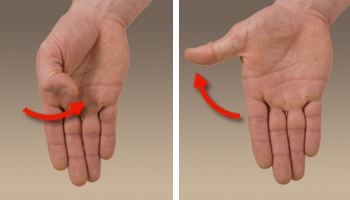
Elbow Extension and Flexion
- Elbow Extension: Stand or sit with your arm extended and your palm facing up. Slowly straighten your elbow, fully extending your arm. Hold the position for a few seconds, then bend your elbow to return to the starting position.
- Elbow Flexion: Stand or sit with your arm extended and your palm facing down. Begin to bend your elbow slowly and bring your hand towards your shoulder. Hold the position for a few seconds, then straighten your elbow to return to the starting position.
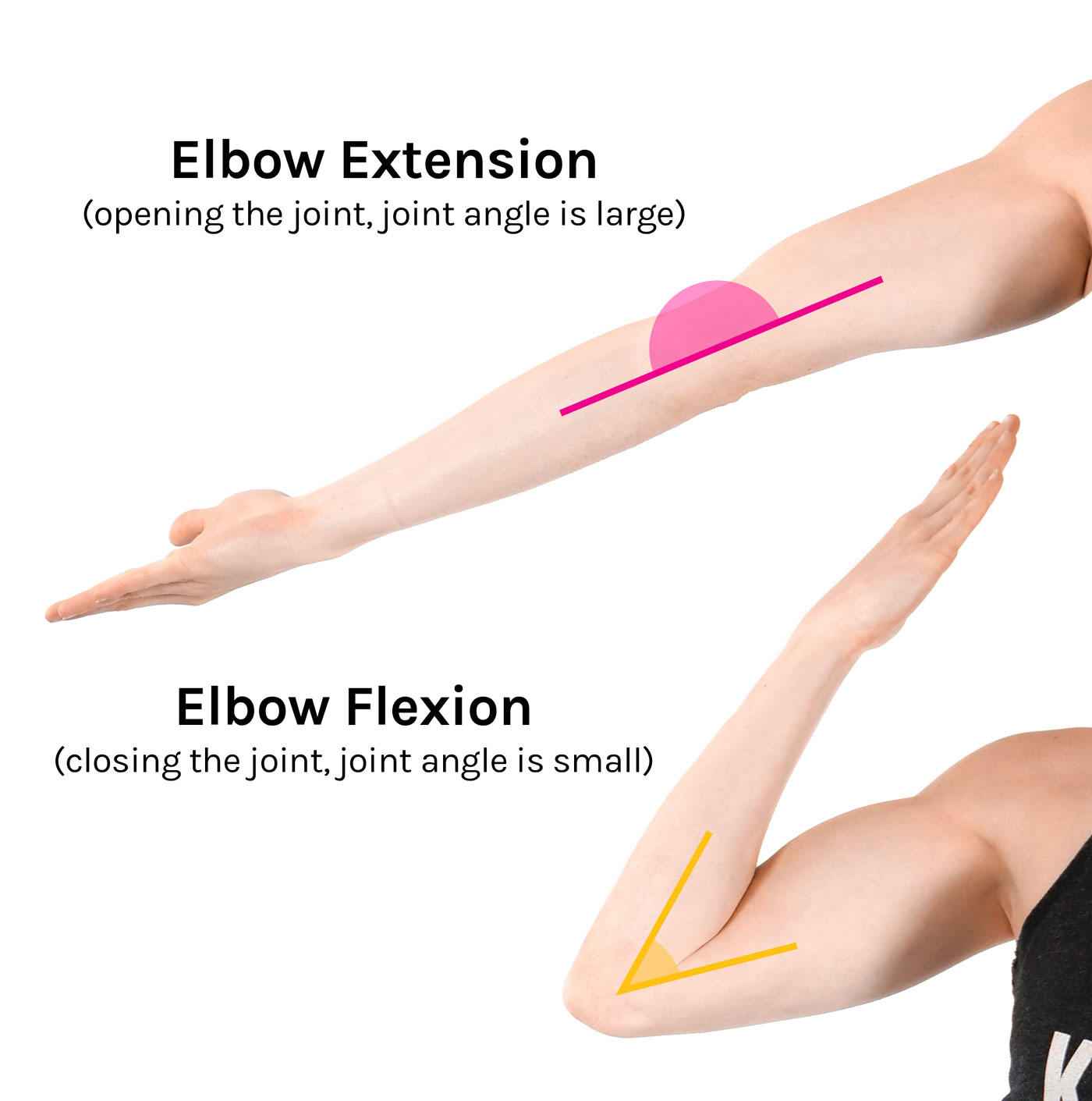
Supination and Pronation
- Sit with your forearm resting on a table or your thigh, palm facing downwards.
- Slowly rotate your forearm, turning your palm upwards (supination).
- Hold the position for a few seconds, then rotate your forearm back to the starting position (pronation).
- Repeat the movement for a designated number of repetitions.

Wrist Circles
- Lengthen your arm towards the front with your palm looking downwards.
- Make slow, circular motions with your wrist, rotating it clockwise and then counterclockwise.
- Perform the circles for a designated number of repetitions in each direction.
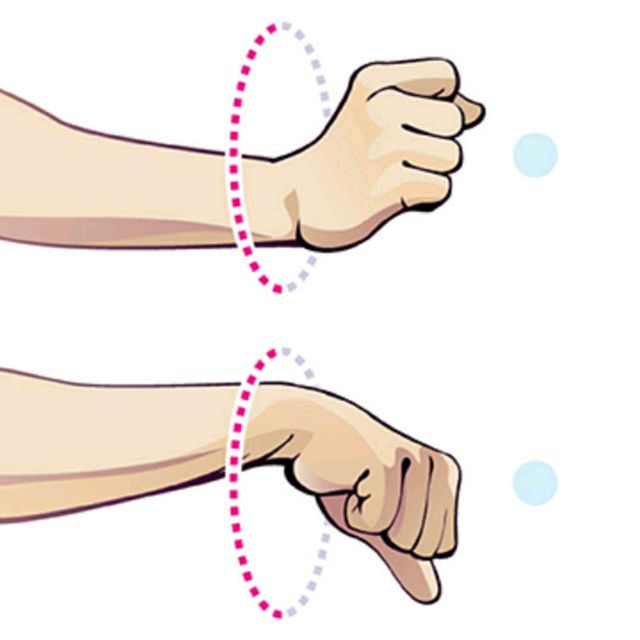
5. Benefits of Radial Nerve Gliding Exercises
1. Improved Range of Motion
One of the primary benefits of radial nerve gliding exercises is improved range of motion. By performing these exercises, you can increase the flexibility of the radial nerve and the surrounding muscles, allowing for a wider range of movements in your wrist, fingers, and forearm. This enhanced range of motion can be particularly beneficial for athletes, musicians, and individuals whose daily activities involve repetitive hand and arm movements.
2. Enhanced Flexibility
Flexibility is essential for maintaining optimal joint health and preventing injuries. Radial nerve gliding exercises help improve the flexibility of the wrist and fingers, reducing the risk of stiffness and promoting smooth and coordinated movements. Increased flexibility can also contribute to better performance in sports activities that require precise hand and arm movements.
3. Reduced Pain and Discomfort
Individuals who experience pain and discomfort associated with radial nerve issues can find relief through radial nerve gliding exercises. These exercises help to release tension and reduce compression on the nerve, alleviating pain symptoms. By gently gliding and stretching the nerve, the exercises promote blood circulation, which aids in the healing process and reduces inflammation. Regular practice of these exercises can lead to significant pain reduction and improved overall comfort.
4. Enhanced Recovery from Injuries
Radial nerve injuries can occur due to trauma, such as fractures or dislocations, or as a result of repetitive strain. Radial nerve gliding exercises can be an integral part of the rehabilitation process. By incorporating these exercises into a structured recovery program, individuals can enhance the healing process, stimulate nerve regeneration, and regain strength and function in the affected area. These exercises promote the flow of nutrients to the injured nerve, accelerating recovery and minimizing the risk of long-term complications.
5. Preventing Nerve Entrapment
Nerve entrapment, also known as nerve compression, can occur when the radial nerve becomes pinched or compressed due to surrounding structures, such as muscles or scar tissue. Radial nerve gliding exercises help to prevent such entrapment by promoting the mobility and flexibility of the nerve. Regularly performing these exercises ensures that the nerve moves smoothly within its pathway, reducing the risk of compression and associated symptoms.
6. Benefits of Radial Nerve Gliding Exercises for Athletes
- Enhanced Flexibility: Radial nerve gliding exercises improve the flexibility of the forearm, wrist, and hand, allowing athletes to perform a wider range of movements with ease.
- Injury Prevention: By strengthening the radial nerve and its associated muscles, athletes can reduce the risk of injuries such as wrist sprains, tennis elbow, and carpal tunnel syndrome.
- Improved Performance: Optimal radial nerve health translates to better grip strength, forearm stability, and coordination, leading to improved performance in various sports and activities.
- Rehabilitation Aid: Radial nerve gliding exercises can be beneficial for athletes recovering from radial nerve injuries or surgeries, helping restore function and mobility.
Incorporating Radial Nerve Gliding Exercises into Your Routine
To reap the benefits of radial nerve gliding exercises, consider incorporating them into your daily routine. Perform each exercise for a set number of repetitions and gradually increase the repetitions or duration as your comfort and strength improve. Consistency is key, so aim for at least three to four sessions per week.
Tips for Optimal Results
- Listen to your body and perform the exercises within a pain-free range of motion.
- Focus on proper form and technique to ensure the desired muscles and nerves are being targeted effectively.
- Combine radial nerve gliding exercises with other exercises that promote overall upper limb strength and mobility.
- Take breaks and rest if you feel fatigued during the exercises.
- If you experience persistent or worsening symptoms, consult a healthcare professional for further evaluation.
Conclusion
Radial nerve gliding exercises are valuable tools for improving the function and mobility of the radial nerve. By incorporating these exercises into your routine and following proper precautions, you can alleviate discomfort, enhance strength, and regain optimal functioning of your arm, forearm, and hand. Remember to start slowly, be consistent, and consult a healthcare professional if you have any concerns.
FAQs – Radial Nerve Gliding Exercises
Can radial nerve gliding exercises cure radial nerve dysfunction?
Radial nerve gliding exercises can help alleviate symptoms and enhance nerve function. However, the effectiveness may vary depending on the severity and underlying cause of the dysfunction. Consult a healthcare professional for a comprehensive evaluation and treatment plan.
How long does it take to see results from radial nerve gliding exercises?
The timeline for improvement can vary from person to person. With consistent practice and adherence to proper form, some individuals may experience noticeable improvements in a few weeks, while others may require more time. Patience and regularity are key.
Are there any additional treatments that can complement radial nerve gliding exercises?
In some cases, healthcare professionals may recommend additional treatments such as physical therapy, medication, or splinting to supplement radial nerve gliding exercises. The treatment plan will depend on the individual’s specific condition and needs.
Can anyone perform radial nerve gliding exercises?
While radial nerve gliding exercises are generally safe, it is important to consider individual factors and consult a healthcare professional. They can assess your condition and provide guidance on exercises suitable for your specific needs.
Are there any alternative exercises for radial nerve gliding?
Yes, there are various exercises and techniques that can target the radial nerve and promote its mobility and function. A healthcare professional or physical therapist can guide you on alternative exercises based on your requirements.


